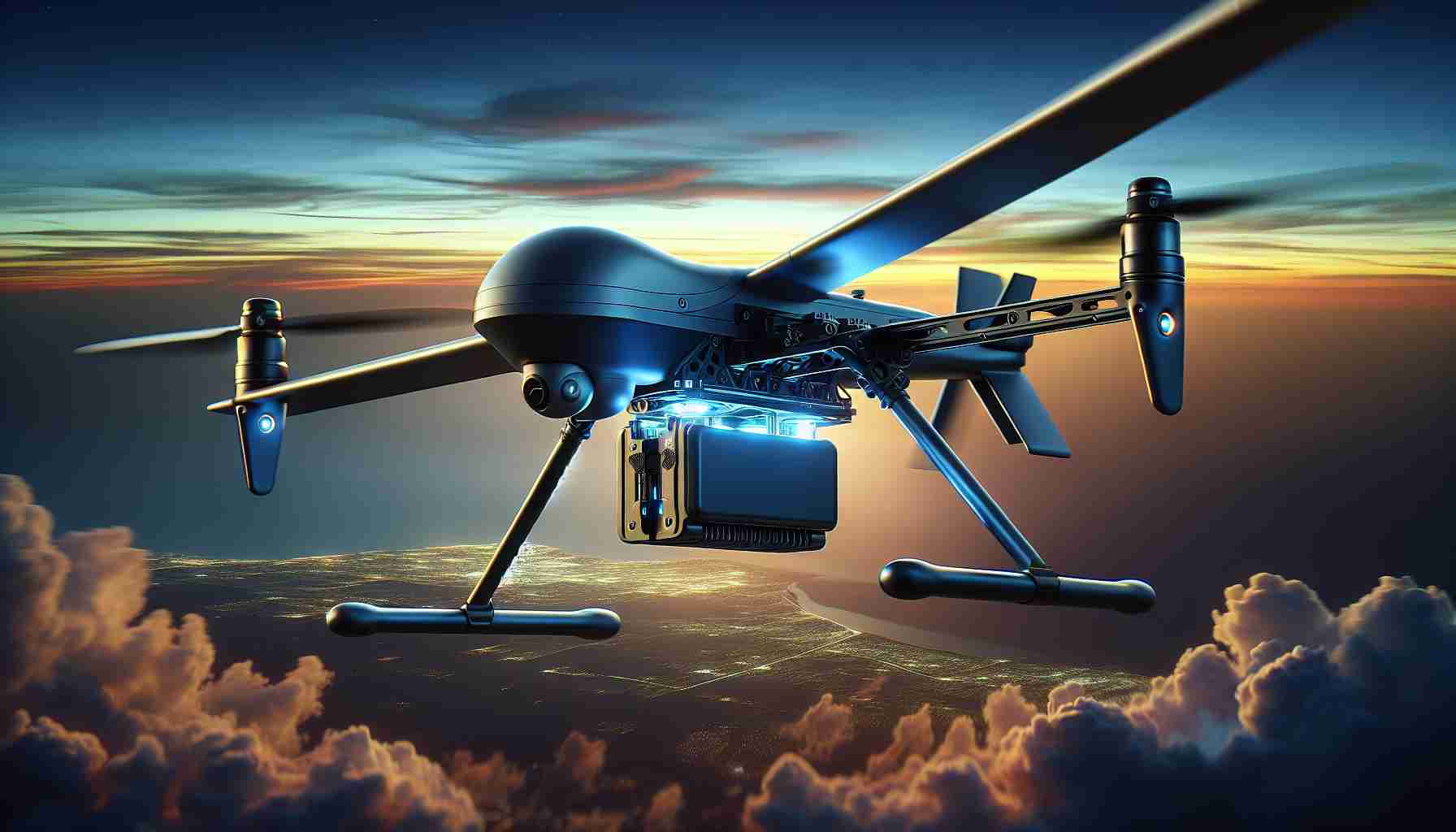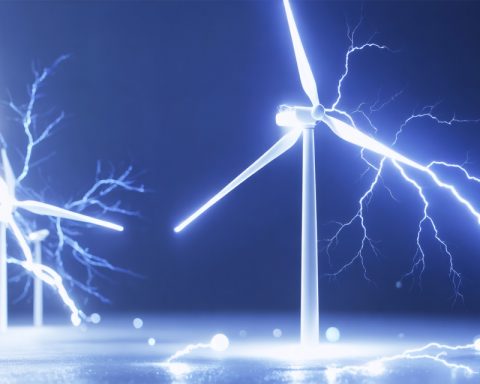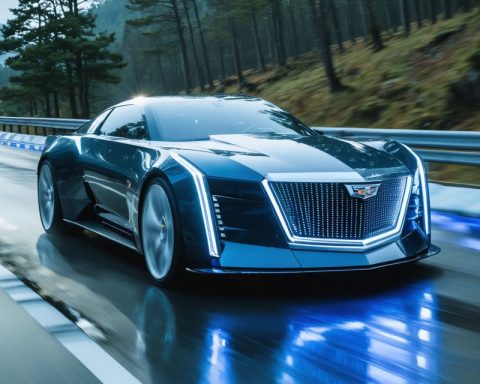Exploring the Power of Hydrogen in Drone Technology
Recent collaborations have illuminated the transformative potential of hydrogen fuel technology for unmanned aerial systems (UAS). By enhancing energy efficiency and extending flight durations, this innovative propulsion method is setting the stage for more effective operations.
According to the U.S. Department of Energy (DOE), clean hydrogen is pivotal in achieving a net-zero emissions economy by 2050. This versatile energy source is expected to boost sectors such as transportation and logistics, where UAS can significantly enhance operational efficiency.
The DOE’s Pathways to Commercial Liftoff report predicts that advancements in the hydrogen economy could generate about 100,000 new jobs by 2030. Their ambitious “Hydrogen Earthshot” initiative aims to drastically cut production costs, making hydrogen a more viable option for drone operations. Recently, the DOE allocated $46 million to expedite research into hydrogen and fuel cell technologies—vital investments for industries ranging from transport to manufacturing.
Hydrogen provides a flexible solution when electrification is challenging, allowing drones to operate seamlessly in demanding environments without overloading the power grid. As regulations are poised to evolve, particularly for Beyond Visual Line of Sight operations, hydrogen-powered UAS are positioned to revolutionize air mobility and logistics.
Companies like Intelligent Energy are at the forefront, developing hydrogen fuel cells that significantly extend flight times and reduce operational complexities for both military and commercial applications. With the potential to transform the future of drone technology, hydrogen is truly leading the charge towards sustainable innovation.
Unlocking the Future: How Hydrogen-Powered Drones Are Set to Transform Industries
Exploring the Power of Hydrogen in Drone Technology
The recent advancements in hydrogen fuel technology are reshaping the landscape of unmanned aerial systems (UAS), positioning them for greater operational efficiency and sustainability. As interest in clean energy alternatives surges, the implications for drone technology become increasingly significant.
The Role of Hydrogen in Achieving Sustainability Goals
The U.S. Department of Energy (DOE) has emphasized the crucial role of clean hydrogen in the transition to a net-zero emissions economy by 2050. This energy source is vital for sectors where electrification presents challenges. Hydrogen-powered drones can operate effectively in remote and harsh environments without overwhelming the existing power grid, showcasing their versatility and reliability.
Job Creation and Economic Impact
The DOE’s Pathways to Commercial Liftoff report anticipates that the expansion of the hydrogen economy could create approximately 100,000 jobs by 2030. This job growth aligns with the wider adoption of hydrogen technologies, particularly in transportation and logistics, where drones can enhance efficiency and reduce costs.
Innovations in Hydrogen Technology for Drones
The DOE’s “Hydrogen Earthshot” initiative aims to significantly lower hydrogen production costs, thus increasing its practicality for applications in drone operations. The recent $46 million investment in research underscores the commitment to advancing hydrogen and fuel cell technologies, which are essential for both commercial and military uses.
Pros and Cons of Hydrogen-Powered Drones
Pros:
– Extended Flight Time: Hydrogen fuel cells can provide significantly longer flight times compared to traditional batteries.
– Operational Flexibility: Drones can operate in various environments, reducing dependency on charging infrastructure.
– Reduced Emissions: Hydrogen fuel cells emit only water vapor, contributing to cleaner air quality.
Cons:
– Infrastructure Development: Widespread adoption requires substantial investment in hydrogen production and refueling infrastructure.
– Cost Considerations: Although the DOE aims to lower production costs, initial investments in hydrogen technology and systems may be high.
Use Cases for Hydrogen-Powered Drones
Hydrogen drones hold promise in various fields:
– Logistics and Delivery Services: Efficiently transporting goods over long distances.
– Agricultural Monitoring: Conducting aerial surveys of crops in remote areas.
– Disaster Response: Delivering supplies and conducting reconnaissance in areas affected by natural disasters.
The Future of Drone Operations
As regulations evolve, especially concerning Beyond Visual Line of Sight (BVLOS) operations, hydrogen-powered UAS are expected to play a crucial role in transforming air mobility. Companies like Intelligent Energy are leading innovation efforts, developing advanced hydrogen fuel cells that mitigate operational challenges, making them a viable alternative for both military and commercial applications.
Market Analysis and Trends
The market for hydrogen-powered drones is poised for growth with rising interest in sustainable technology solutions. This trend reflects broader market movements toward environmentally friendly practices in the transportation and logistics sectors, promising an exciting future for both drone technology and hydrogen energy.
Conclusion: Embracing the Hydrogen Revolution
With their ability to enhance operational capabilities and support sustainability initiatives, hydrogen-powered drones are at the forefront of technological innovation. As both public and private sectors invest in this promising technology, the future of drone operations looks bright and paved with potential for transformative change.
For more insights into the latest advancements in drone technology, visit DOE.














